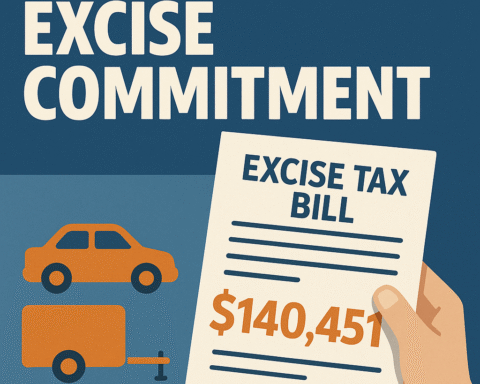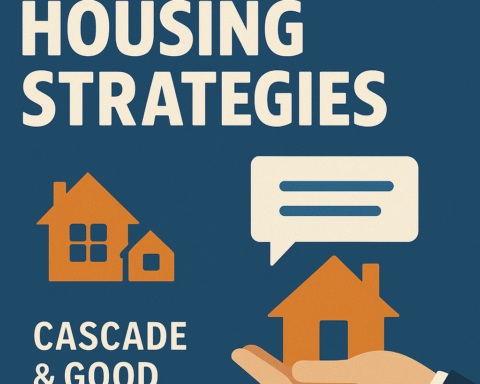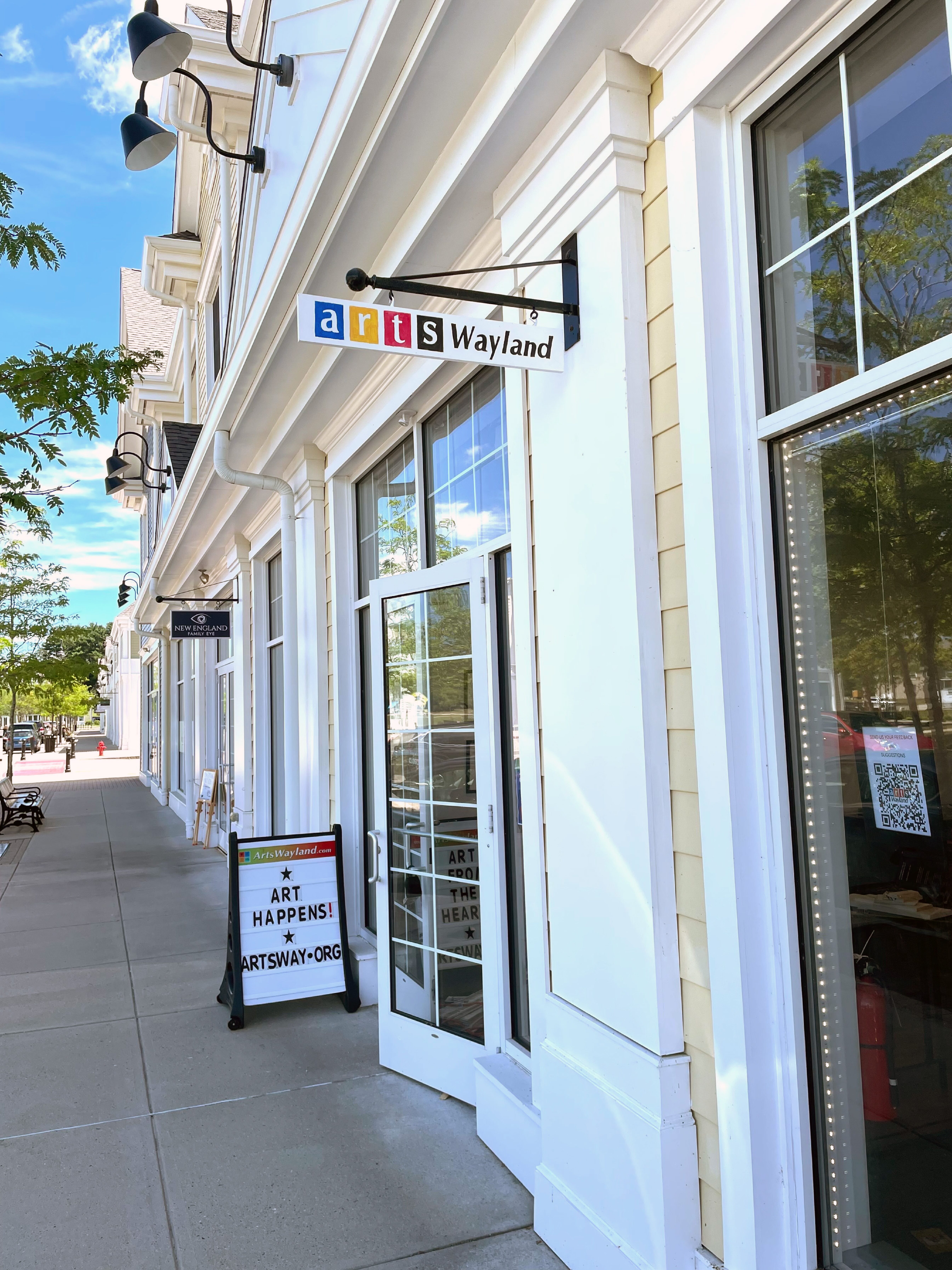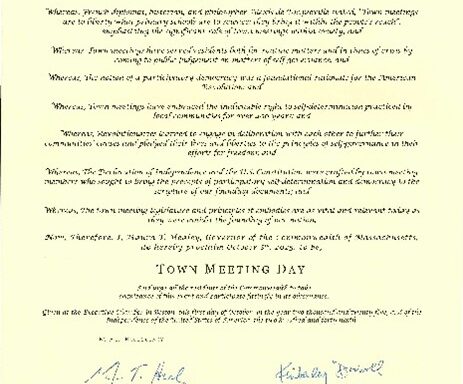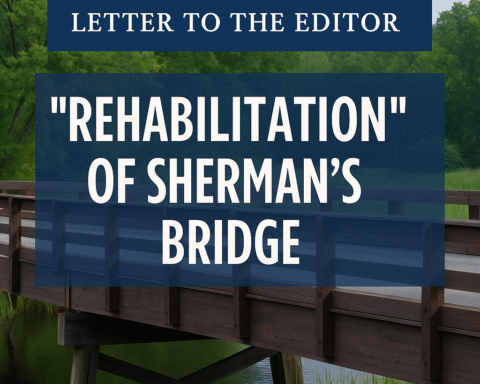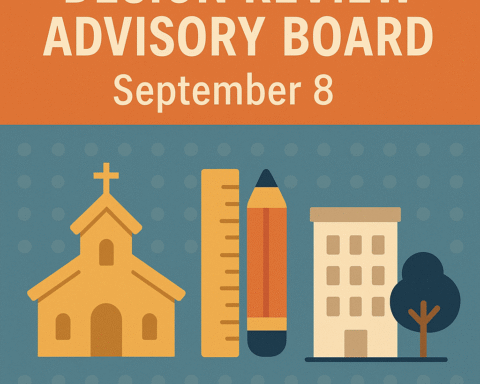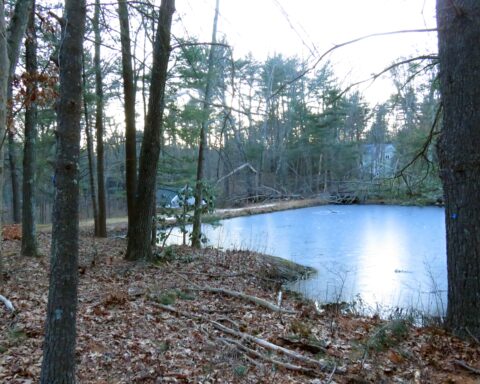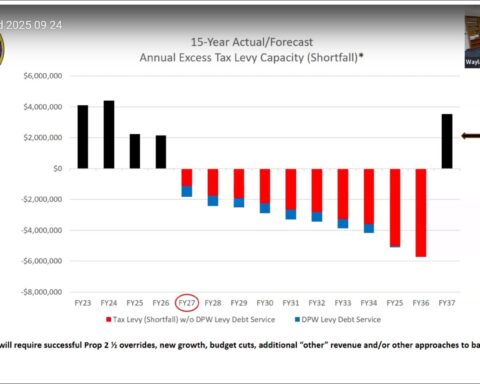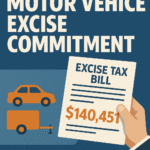Wayland is barely over the state-mandated 10% affordable housing minimum and Wayland Town Planner Robert Hummel says the town is looking for inventive ways to support affordable housing.
“We don’t have much land to actually build new housing, so we have to be creative,” he said.
Under Massachusetts law, municipalities must maintain at least 10% of their total housing units as affordable. In communities that don’t meet this threshold, state law (Chapter 40B) allows developers to bypass certain local zoning regulations, like density and dimensional requirements, when building housing developments that have at least 20-25% of their units designated as affordable.
For towns that operate under an approved Housing Production Plan (HPP), if they meet the annual unit-production goals detailed in that plan, they may invoke Safe Harbor—even if they haven’t reached the state’s overarching 10% Subsidized Housing Inventory (SHI) threshold — protecting local decisions on 40B projects under specified conditions.
Currently Wayland’s SHI tallies at 533 housing units, both rental and owned. As long as the town regularly adds about 26 new affordable units each year, the state will grant temporary Safe Harbor status. Wayland’s current Housing Production Plan, developed by Barrett Planning Group, is certified from 2022 through 2027. Hummel emphasized that staying consistent with this plan ensures Wayland continues to have strong local oversight.
As of 2023, Wayland achieved Safe Harbor status. The amount of time a town keeps its “Safe Harbor” status depends on how many new affordable homes it builds each year. If a town adds affordable housing units equal to at least 1% of its total year-round housing stock in a single year, it earns Safe Harbor status for two years. If the increase is between 0.5% and just under 1%, the town receives Safe Harbor status for one year.
Wayland’s initial two-year Safe Harbor affordable housing status expired in June 2025. However, Hummel confirmed the town still exceeds the state’s 10% minimum, currently at 10.2%. Meeting this threshold allows Wayland greater local control, enabling the Zoning Board of Appeals to enforce zoning rules strictly and to modify, deny, or conditionally approve Chapter 40B comprehensive permits.
“The town has the ability, once it enters into the Safe Harbor, to decide if it’s in the best interest for any other kind of affordable housing project,” he said.
The definition of affordable, for a given community is based on income. At the top is the Boston area’s median family income (AMI), which for 2025 is $160,900. To qualify for affordable units, households must earn 80% or less of the AMI. For example, a two-person household earning less than $105,850 or a four-person household earning less than $132,300 in 2025 would qualify.
Households earning even less, such as 50% of the AMI, may be eligible for special assistance like Section 8 housing vouchers. Although Wayland’s median income is much higher ($221,250), many qualifying residents are typically seniors, public employees, or younger families who earn significantly below this local median.
Many of Wayland’s affordable units are integrated within mostly market-rate complexes, such as the Residences at Town Center, Commonwealth Residences, and Alta Oxbow. For instance, Alta Oxbow has 218 total apartments, with 55 designated affordable. However, under state guidelines, all units within these rental complexes count toward Wayland’s SHI.
Additionally, housing projects approved but not yet built, such as the proposed 60-unit development at St. Ann’s, temporarily count toward Wayland’s affordable housing total. However, if these projects aren’t completed within two years, they no longer contribute to the SHI count. Examples include proposed 40B projects like Windsor Place (24 School St.) and Cascade (Mahoney’s at 113-115 Boston Post Road).
Hummel said the town has turned its attention to smaller affordable housing projects. “We are trying to be partners with people who have smaller unit development and [are] working together on small projects that can fit into neighborhoods,” he said.
The amount of land suitable for building in Wayland is also constrained due to septic, wetlands, and flooding issues, which Hummel said is an obstacle toward constructing significant, affordable developments.
“We have to be finding ways to create affordable housing in smaller units, not just a 200-unit development, but actually create four, eight, twelve here and there,” he said.
The town has laws that help developers navigate these challenges, including a Conservation Cluster Development bylaw that allows developers to exempt open land on a property from the lot measurements for zoning. This lets developers cluster housing units more closely on a property, while retaining open space on the lot — letting them strike a balance between conserving land and bolstering housing.
“It’s just putting a lot together and rethinking about community and how much space a subdivision and a lot really needs,” Hummel said.
Some of the options for smaller developments include accessory dwelling units (ADUs). This April, Wayland residents at Town Meeting voted to tweak the town’s ADU zoning, including introducing affordable ADUs. Hummel sees these new affordable units as a viable option to boost the town’s overall affordable unit count.
“The town is looking into strengthening the accessory dwelling units, and especially in the affordable accessory dwelling units, and try to figure out how to strike a balance to allow those, which would count on to our subsidized housing inventory list that’s conducted by the state,” Hummel said.
But small developments come with their challenges. Because they yield less profit than a larger development, they can be harder for developers to justify building. “Smaller developments are harder to kind of balance the sheets with, with all the ongoing costs to actually build affordable housing,” he said.
212 Cochituate Road?
A new option for affordable housing arose at April’s Town Meeting with the seizure of the four-acre parcel at 212 Cochituate Road by the town for tax delinquency. In transferring the property rights to the town, residents voted that the land would be used for at least one affordable group home for adults with disabilities.
Some members of the 212 Cochituate Road Advisory Committee have suggested that the parcel could be broken up into two six-to-eight-bedroom homes, though the committee has not made any concrete determinations yet. The process for developing new housing at the property will be long, Hummel said.
“It’s gonna take a few years from actually going through this process — doing the research, figure out a plan, and then to develop that with a developer, or sell it to a developer to build what the town is looking for in the end,” he said.
Hummel stressed the importance of the Cochituate Road project because any units developed on the property could be used to solidify Wayland’s Safe Harbor status.”Those units would actually count towards the number of bedrooms we actually count towards our overall SHI list later down the road,” he said.
In the past few years, the state has enacted multiple new housing laws, including the 2021 MBTA Communities Law and the 2024 Affordable Homes Act. In adapting to this new legislation, Hummel said the town’s biggest challenge has been time — when adopting the Affordable Homes Act at this spring’s Town Meeting, he said he felt pressure to pass what the state required.
“The town was trying to react in real time,” Hummel said. “We only had a few months to really get our [ADU] bylaw into compliance. If not, then if our bylaws are out of compliance, the state would roll over what we have locally.”
If the town makes amendments to that bylaw down the line, Hummel said some of those changes may include allowing ADUs larger than 900 square feet (the state’s limit) or allowing more units on a lot.
“I think the Planning Board wants, in the future, to look at allowing larger than 900 square feet, every dwelling by a special permit, or allowing more on a lot,” he said. “So, I think in the future, [we’re] looking at other options that go beyond the scope of what the law has, but nothing has been determined.”



